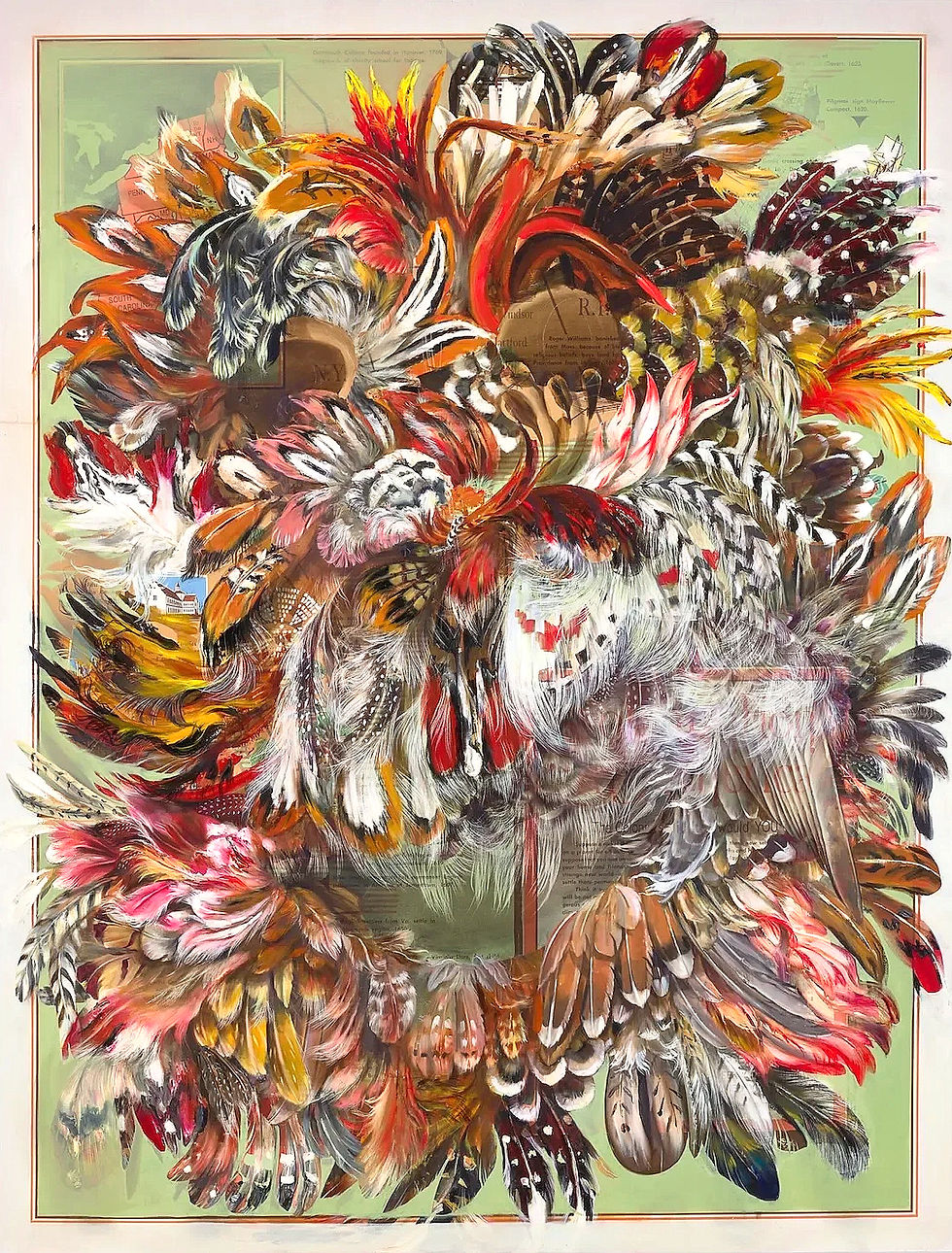Carlos Cruz-Diez: Uno de los máximos exponentes del arte cinético, venezolano, nos deja y su impront
- OCA | News
- 18 ago 2019
- 3 Min. de lectura

Carlos Cruz-Diez, uno de los máximos exponentes del arte cinético, falleció en París este sábado, 27 de julio, 2019, por “causas naturales” a los 95 años, de acuerdo a un comunicado emitido por la fundación que lleva su nombre.
El artista, nacido en Caracas, Venezuela, en 1923, tuvo una carrera artística de más de 70 años.
Su trabajo forma parte de las colecciones permanentes del Museum of Modern Art (MoMA), Nueva York; Tate Modern, Londres; Centre Pompidou, París, entre otros.
Su aporte al arte cinético se puede ver en el movimiento del color relacionado con la arquitectura y la ingeniería, principalmente. Para los venezolanos es emblemáticos el piso que Cruz-Diez diseñó para el aeropuerto internacional de Maiquetía cuando se van del país y para los fanáticos del béisbol caminar por la obra que diseñó para el estadio de los Marlins, en Miami. También integró su trabajo a la moda, en colaboraciones con diseñadores como Óscar Carvallo.
“Los actos fúnebres serán realizados de manera íntima y privada. La familia Cruz-Diez notificará en sus redes oficiales cuáles serán las actividades y servicios religiosos en homenaje a la vida y legado del Maestro.
Piden espacio, privacidad y respeto en este duro momento”, indica el comunicado de la fundación, que agrega que el artista murió “rodeado de su familia”.
Las reacciones a la muerte del destacado artista venezolano fueron inmediatas y las redes sociales fueron reflejo de ello.
El escritor Leonardo Ladrón lamentó su muerte y aseguró que “nadie supo entender el misterio del color como él.”
El artista venezolano como muestra de afectos le regaló al país y a los dominicanos, en julio del 1994, una extraordinaria obra de intervención cinética en los silos de los Molinos Dominicanos, que luego resultaron completamente borrados . La obra se integraba como ambiente monumental capitaleño, agregando un toque contemporáneo, festivo y elegante, a la cercanía de la ciudad colonial y de los barrios modestos de la zona Este.
Las personas que apreciaron su belleza estética e innovadora, nunca entendieron las razones del por qué se mutilara una obra del legado cultural del connotado artista cinético.
Carlos Cruz-Diez, one of the greatest exponents of kinetic art, died in Paris this Saturday, July 27, 2019, due to “natural causes” at age 95, according to a statement issued by the foundation that bears his name.
The artist, born in Caracas, Venezuela, in 1923, had an artistic career of over 70 years.
His work is part of the permanent collections of the Museum of Modern Art (MoMA), New York; Tate Modern, London; Center Pompidou, Paris, among others.
His contribution to kinetic art can be seen in the movement of color related to architecture and engineering, mainly. For Venezuelans, the flat that Cruz-Diez designed for the Maiquetía International Airport when they leave the country and for baseball fans walk through the work he designed for the Marlins Stadium in Miami is emblematic. He also integrated his work in fashion, in collaborations with designers such as Oscar Carvallo.
“Funeral acts will be performed intimately and privately. The Cruz-Diez family will notify in their official networks what the religious activities and services will be in homage to the life and legacy of the Master.
They ask for space, privacy and respect in this hard moment, ”says the statement of the foundation, adding that the artist died“ surrounded by his family ”.
The reactions to the death of the prominent Venezuelan artist were immediate and social networks were a reflection of that.
The writer Leonardo Ladrón lamented his death and assured that "nobody knew how to understand the mystery of color like him."
The Venezuelan artist, as an example of affection, gave the country and the Dominicans, in July 1994, an extraordinary work of kinetic intervention in the silos of the Dominican Mills, which were then completely erased. The work was integrated as a monumental capitaleño atmosphere, adding a contemporary, festive and elegant touch, close to the colonial city and the modest neighborhoods of the East.
The people who appreciated its aesthetic and innovative beauty never understood the reasons why a work of the cultural legacy of the renowned kinetic artist was mutilated.











Comentarios